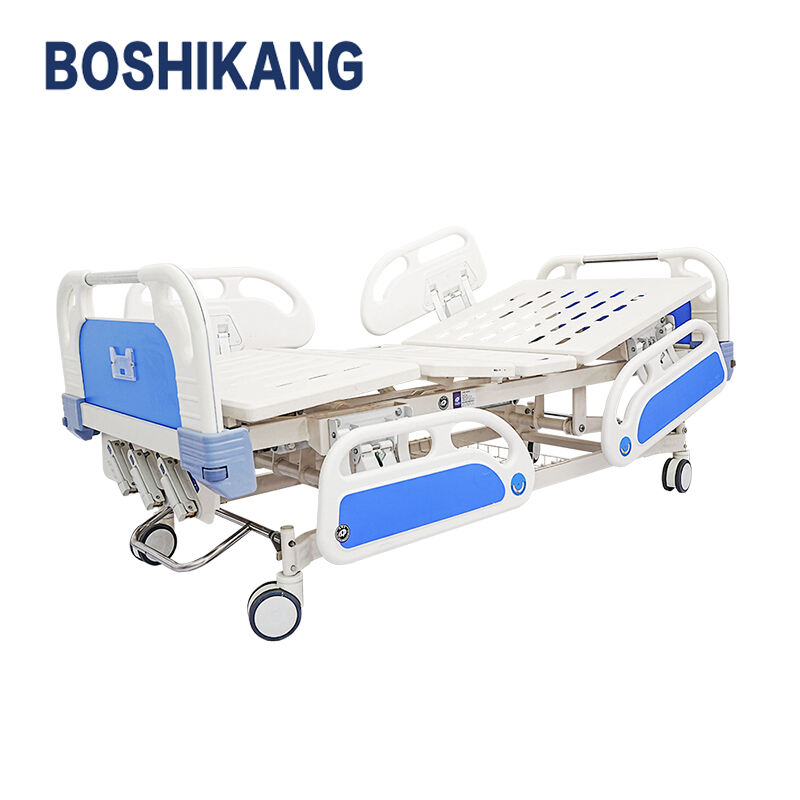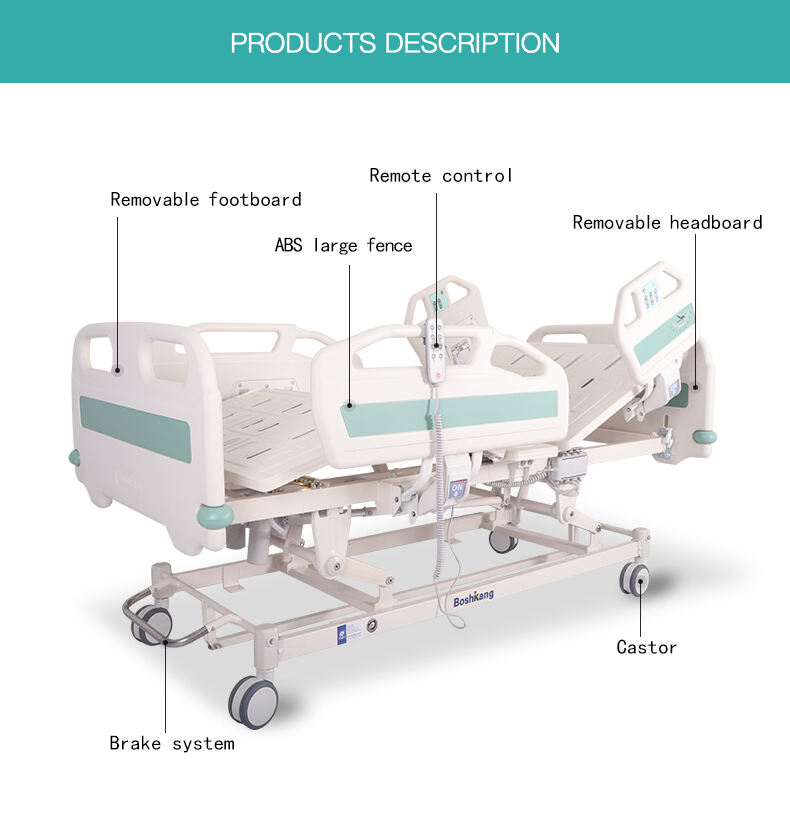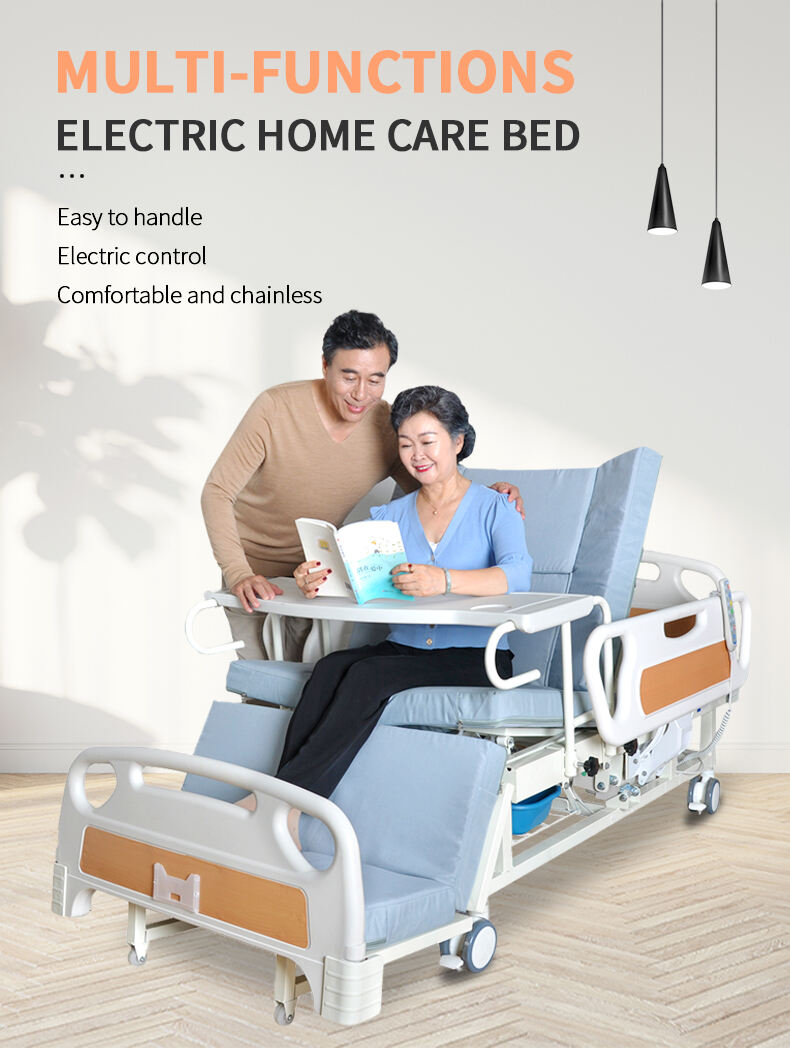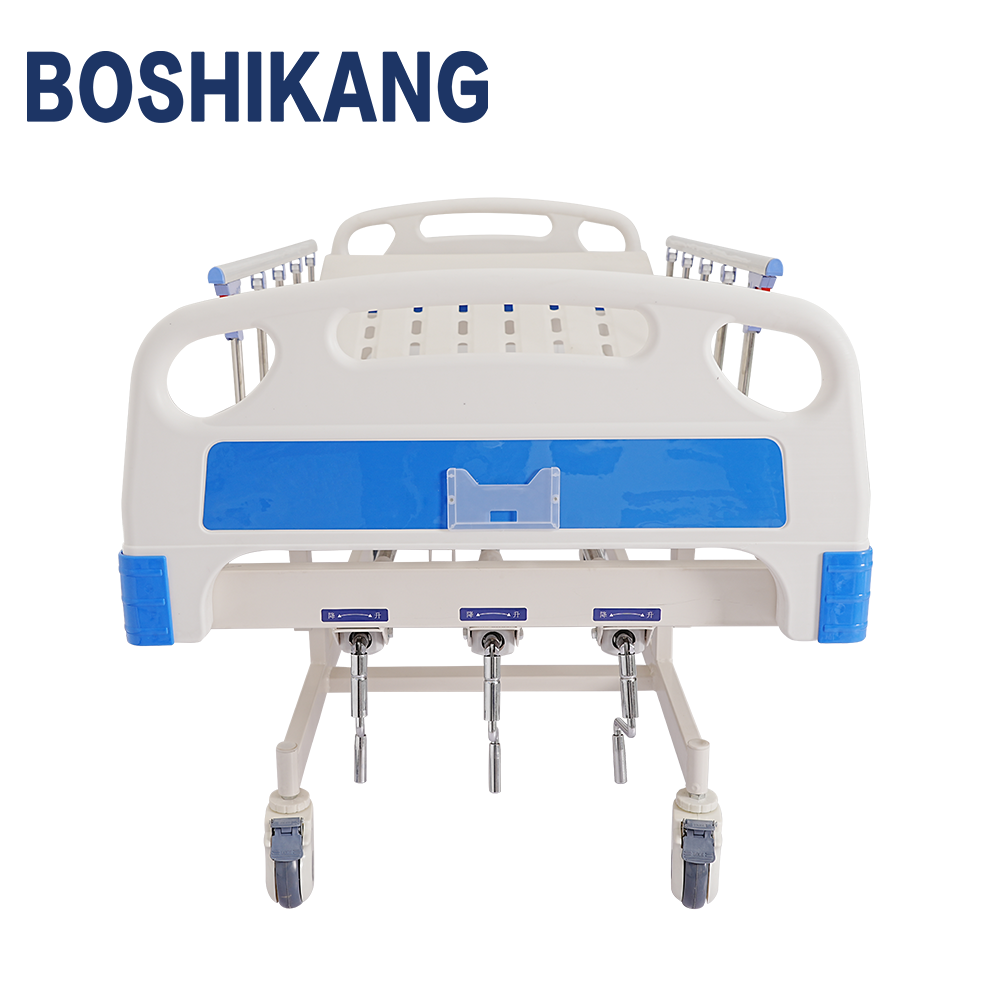rotating hospital bed
A rotating hospital bed represents a significant advancement in medical care equipment, combining innovative engineering with patient-centered design. This specialized medical bed features a sophisticated mechanical system that enables smooth 360-degree rotation along its horizontal axis, facilitating easier patient repositioning and care delivery. The bed's primary mechanism consists of a reinforced frame, electronic controls, and precision bearings that ensure stable and controlled movement. Advanced safety features include automatic locking systems, emergency stop functions, and adjustable rotation speeds. The bed's surface is equipped with pressure-relieving materials and can be adjusted for height, head elevation, and foot positioning. Built-in sensors monitor patient position and movement patterns, while integrated side rails provide essential safety during rotation. The bed's design accommodates various medical attachments and equipment, including IV poles, monitoring devices, and oxygen delivery systems. This versatile piece of medical equipment finds applications across multiple healthcare settings, from intensive care units to rehabilitation centers. Its technology particularly benefits patients with limited mobility, those requiring frequent repositioning, and healthcare workers who need to perform complex care procedures. The rotating mechanism significantly reduces the physical strain on healthcare workers during patient handling while enhancing patient comfort and safety.











